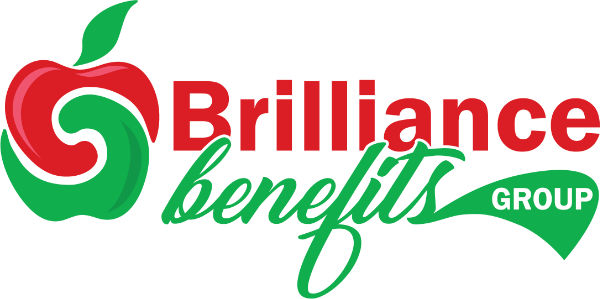Life insurance isn’t just about protecting loved ones after death — it can also provide valuable resources during the policyholder’s lifetime. These living benefits allow the policy owner (usually the insured) to access or utilize portions of the policy’s value in specific circumstances.
Note that beneficiaries do not receive any portion of living benefits, as these are typically deducted from the final death benefit. Below is an overview of the most common living benefits:
The Policy’s Cash Value
One of the primary living benefits of a whole life (or permanent life) insurance policy is its cash value build-up. This accumulated value offers flexibility for the policyholder:
- Borrow Against It: Use the cash value as collateral for loans.
- Supplement Retirement Income: Withdraw funds to support retirement needs.
- Emergency Funds: Access cash during urgent situations.
Important Considerations:
Accessing the cash value can result in additional fees, taxes, interest charges, or a reduction in the death benefit. Additionally, during the early years of the policy, the cash value may be less than the premiums paid.
Accelerated Death Benefit (Terminal Illness Rider)
This benefit allows policyholders to access a portion of the death benefit if they are certified as terminally ill by a physician.
- Typically capped at 50% of the policy’s face value.
- To qualify, a physician must certify that the insured has a condition expected to result in death within two years.
- Funds received are tax-free and subtracted from the eventual death benefit.
Policy Dividends
Available with participating policies, dividends are a share of surplus funds or a refund of part of the premium. Dividends may be used to:
- Receive cash payments.
- Pay insurance premiums.
- Purchase additional paid-up whole life insurance or one-year term insurance.
- Accumulate interest as an investment.
Dividends do not reduce the death benefit, offering flexibility without affecting the policy’s core purpose.
Viatical Settlement
A viatical settlement allows individuals with a chronic or terminal illness to sell their life insurance policy to a third party for a percentage of its face value.
- The third party takes over premium payments and receives the full death benefit when the original policyholder (the viator) passes away.
- Proceeds are typically tax-free if the viator is certified as chronically or terminally ill.
- State Regulations: Most states require a special license for viatical settlement providers and recommend consulting a tax adviser due to potential tax implications.
Definitions to know for viatical settlements:
- Chronically Ill: Unable to perform at least two activities of daily living (e.g., eating, bathing) or requiring supervision due to cognitive impairment.
- Terminally Ill: Diagnosed with a condition expected to result in death within 24 months.
Life Settlement
A life settlement is similar to a viatical settlement but does not require the policyholder to be terminally or chronically ill.
- The policyholder sells the policy to a third party for more than the cash surrender value but less than the death benefit.
- Unlike viatical settlements, life settlements can be done for any reason.
- A life settlement broker represents the policyholder and must hold the appropriate license.
Exclusions: Life settlement contracts do not include:
- Policy loans or collateral assignments.
- 1035 exchanges of life insurance policies.
- Transactions between close relatives or those with a significant economic interest in the insured.
Life insurance living benefits offer unique opportunities for financial flexibility, making them a vital consideration for policyholders. Whether accessing cash value, using dividends, or exploring settlement options, understanding these features ensures policyholders can make informed decisions tailored to their needs.
Would you like assistance in selecting the health insurance plan that’s best suited to your household? Call us today!

